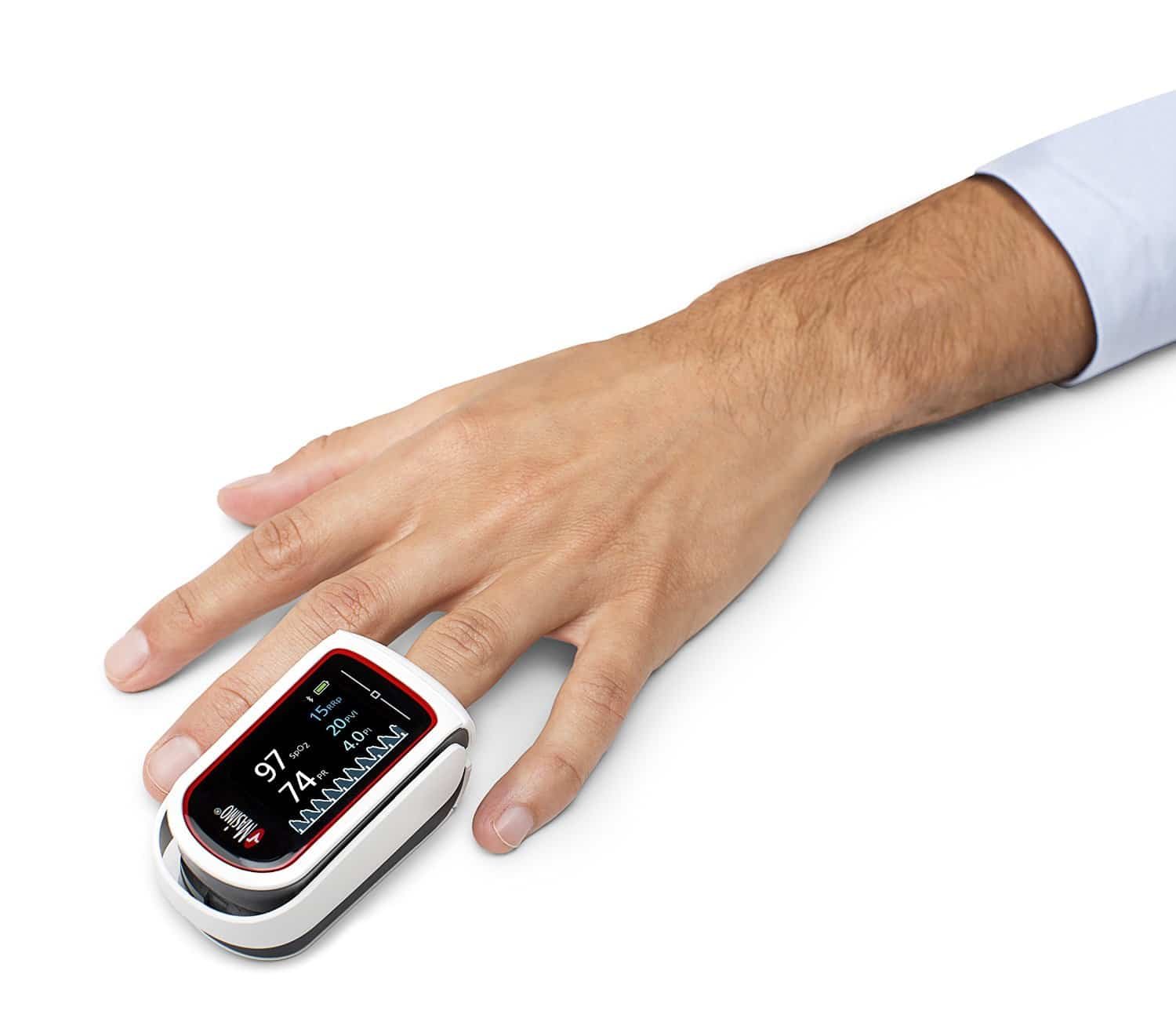


The handheld portion, which is about the size of a thick smartphone, contains a display screen and may also sport control buttons. The clip fits onto about half of the index finger and attaches to a handheld device with a wire. This is the type of oximeter you’re most likely to encounter in a hospital. Interested in purchasing your own Pulse Oximeter? View our collection of easy to use, clinical grade monitoring devices here.A design with a wristband screen may cost a little more than the oximeter on its own. As alarming as this difference can appear at first, it won’t affect their required oxygen percentage, and a normal SpO2 should still read above 94 percent. For instance, a healthy adult won’t have a heart rate that exceeds 100 beats per minute, but an infant’s pulse can reach 115 bpm on average. Keep in mind as well that normal readings can differ depending on the subject being monitored. Nevertheless, it’s a good idea to have this potential variance in mind when recording your findings. Even so, pulse oximeters are still very accurate and an incredibly helpful device to have for at home health monitoring. In fact, depending on the model you own, there could be a variation of up to two percent in either direction of your specified saturation.
#Pulse oxometer professional
As far as modern medical technology has come, nothing short of professional hospital equipment can give perfect readings every time.
#Pulse oxometer how to
When learning how to interpret pulse oximeter readings, it’s also important to understand some of the device’s limitations. However, if your SpO2 falls bellow 90, your body will not be able to sustain itself for a long period of time, and you’ll need to take immediate action to resolve the issue. Even those with respiratory conditions should be able to measure above 90 percent. For healthy individuals, readings should fall between 94 and 99 percent with little issue.

#Pulse oxometer full
For instance, if the meter reads 75, it means that your oxygen levels are at 75 percent of your full capacity. When it comes to understanding your blood oxygen saturation, or SpO2 levels, it’s crucial to think about the number as a percentage rather than a rate. For a healthy adult, pulse measurements between 60 and 100 are considered normal. Your pulse, therefore, allows the machine to estimate what percentage of those red blood cells, or hemoglobin, are actively carrying oxygen at the time of the reading (see our guide on understanding how to use a pulse oximeter). Red blood cells carry oxygen to different parts of the body, and your pulse acts as a key indicator of how fast these cells, and the oxygen, are moving at a given time. Taking Your Pulseįor your rechargeable pulse oximeterto correctly calculate how much oxygen is in your system, it must first have a clear picture of how much blood is pumping through your veins. This is how to interpret pulse oximeter readings and what to know about the specific numbers it calculates. However, as easy as these models are to use, pulse oximeter owners often find themselves confused by the readings their device provides and what different readings mean. Made to detect and measure a person’s pulse, as well as their overall blood oxygen concentration, these tools are incredibly helpful to keep you informed about your health. Pulse oximeter devices are primary pieces of medical equipment that have been redesigned for personal, in-home use.


 0 kommentar(er)
0 kommentar(er)
